
















































A huge number of board games have been created in the last twenty years or so. The best place to find out about them is at BoardGameGeek.
I tend to like games with a mixture of strategy and luck; not too heavy, but with enough depth that an experienced player has an advantage. I’m also a “social gamer” – everybody having fun is more important to me than winning (though I still want a challenge!).
Here are a few games I have enjoyed.

















































I design board games as a hobby, but so far nothing is at the publishable stage. Three or four of them might be close, though.
A collage of some board game prototypes (mouse over for descriptions):
 ← Travellers’ Tales
← Travellers’ Tales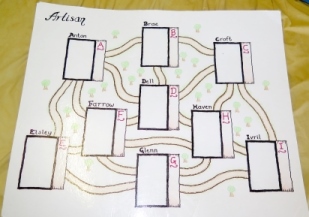 Artisan →
Artisan → Escape →
Escape → ← Colours
← Colours ← DNA
← DNA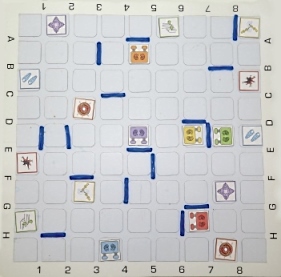 Gravbots →
Gravbots → Dino Harvest →
Dino Harvest → ← Chase
← Chase Unnamed game →
Unnamed game →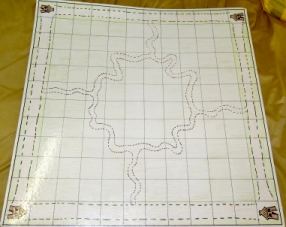 Herbalist →
Herbalist → Symbols →
Symbols →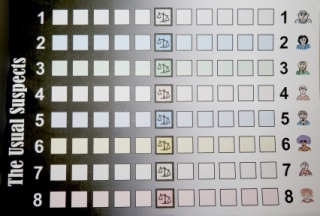 ← The Usual Suspects
← The Usual Suspects Original Travellers’ Tales →
Original Travellers’ Tales → Knights of Valour ↓
Knights of Valour ↓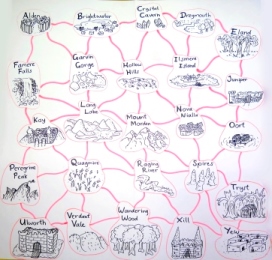 Knights of Valour ↓
Knights of Valour ↓(There is no need to worry about someone stealing your ideas: firstly, the game design community isn’t like that; and secondly, it isn’t worth stealing an untested idea anyway – it takes a lot of playtesting and revision to go from an idea to the final design).
A post about
rule book writing
might also be helpful.
Home
Questions or comments to:
davidfisher@australiaonline.net.au